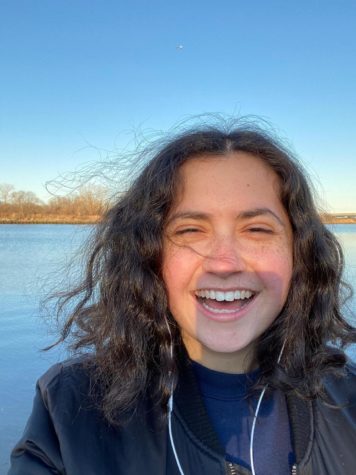Inventor of the shortcuts cut, copy and paste passes away at age 74

exc-5e5d460b4661f72b58b43de4
March 2, 2020
The computer scientist who created the cut, copy and paste function on computers, in addition to many other aspects of modern-day computers, died on Feb. 16 in San Francisco at the age of 74.
Lawrence Gordon Tesler had a long and storied career in human-computer interactions but is probably most well-known for giving us the ability to highlight portions of text by dragging the cursor over it, and then the ability to cut or copy and paste the highlighted text throughout a document.
He was also the inventor of the find and replace function that all computers now have, where you can find a portion of text and then replace that phrase, letter or word every time it comes up in a document.
Tesler is considered to be a pioneer in the creation of accessories for today’s computers and for good reason.
“He can be hailed as one of the true pioneers of many important aspects of personal computing,” said researcher Alan Kay, who worked with the deceased at Xerox, according to The New York Times.
Tesler got his start at Xerox, the company most known for making printers and copy machines. He was also a major player in developing the technology that is now commonplace in desktops and laptops.
“Your workday is easier thanks to his revolutionary ideas,” Xerox said in a post on Twitter last week . “Larry passed away Monday, so please join us in celebrating him.”
At Xerox, he worked as a researcher in the Silicon Valley Palo Alto Research Center , which is where he came up with cut, copy and paste as well as search and replace, with his coworker Tim Mott.
The two of them worked together with Gypsy, a computer program that was supposed to be simpler and more comprehendible compared to previous systems. To put it easily, Gypsy was an early version of a word processor.
One feature of this program was the ability to open a folder or document by hovering over and clicking an icon representing it, as opposed to having to type in the file name to access it.
Other accomplishments of his while at Xerox include pioneering the idea of the Dynabook, which was a forerunner to today’s laptops and creating a software system called Smalltalk that went on to influence the creation of some of Apple’s computers.
Tesler also coined the term “browser” while at Xerox and later the term “friendly user interface.”
In 1978, Tesler, alongside Adele Goldberg and Douglas Fairbairn, designed NoteTaker which was the precursor for the Osborne, Kaypro and Compaq computers of the 1980’s.
“At Xerox he pushed a lot for things to be simpler in ways that would broaden the base of users,” said Silicon Valley venture capitalist David Liddle who worked with Tesler at Xerox PARC, according to an article in The New York Times. “He was always quite focused on users who weren’t also Ph.D.’s in computer science.”
In 1980, Tesler left Xerox to work for Steve Jobs at Apple, where he was made the vice president of user experience and design, and chief scientist, according to an article from CNN.
While there, he helped to develop Apple’s Lisa computer, possibly named after his own daughter and then later the Macintosh computer, now referred to as the Mac. He also designed QuickTime.
“I have been mistakenly identified as the ‘father of the graphical user interface for the Macintosh,’” Tesler was quoted in the CNN story. “I was not. However, a paternity test might expose me as one of its many grandparents.”
He went on to found and manage Apple’s Advanced Technology Group, which unsuccessfully designed the Newton hand-held computer and worked on developing Wi-Fi.
Tesler spoke positively of Apple, touching on how the company was willing to consider things that Xerox didn’t pay attention to, including the cost of their products.
“The questions the Apple people were asking totally blew me away,” he was quoted as saying in The New York Times article. “They were the kind of questions Xerox executives should have been asking but didn’t.”
Eventually, Tesler left Apple in 1997 for Amazon which he joined in 2001 after working briefly at a start-up company. He went on to work for Yahoo in 2005 for three years and then worked at 23andMe for a year. Evidently, Tesler was in high-demand.
At the time of his death, Tesler had been working as an independent consultant for computer scientists at companies like Western Union and Evernote “on how to improve their user experience on desktop and mobile,” according to CNN.
“He was dedicated to innovating, simplifying and improving,” the article said of Tesler.
Tesler was born in the Bronx on April 24, 1945 to Jewish parents Isidore and Muriel Tesler. His father was an anesthesiologist. He attended Stanford University, where he graduated in 1965 with a degree in mathematics.
Tesler is survived by his wife, Colleen Barton, his daughter Lisa and his brothers Charles and Alan.







